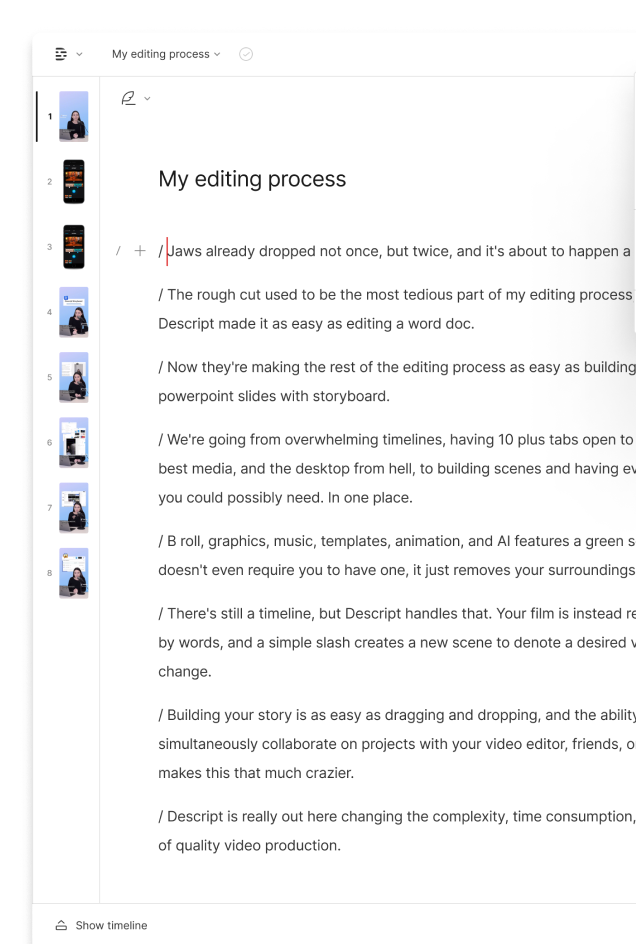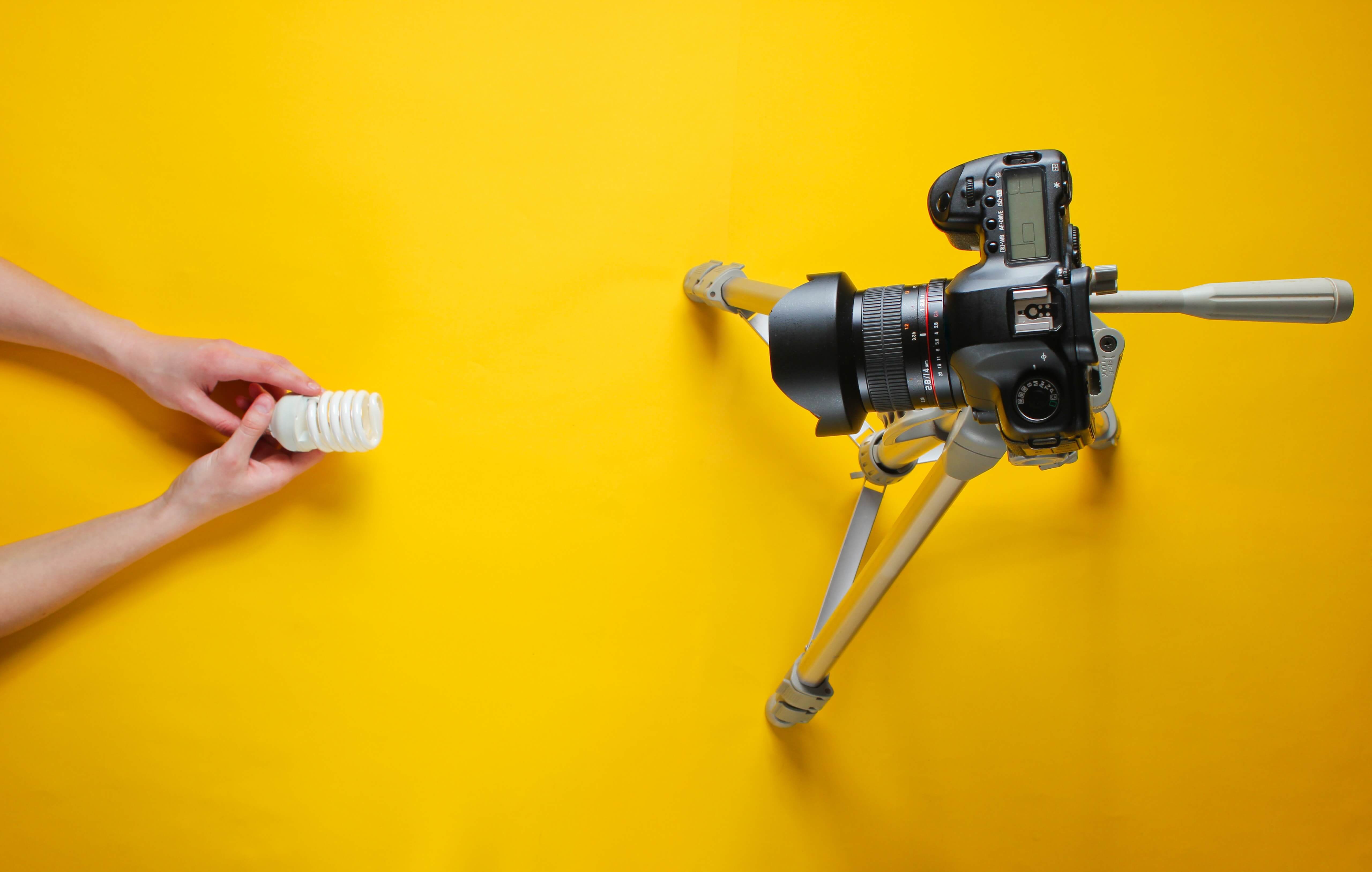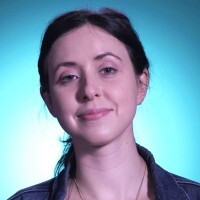What type of content do you primarily create?




A director and cinematographer can set up many different types of shots — a close-up shot to capture a shocked expression, an insert shot to see what the main character is reading — but they use a master shot to anchor everything else.
Read on to learn about the role of master shots in cinematography along with some examples of master shots from feature films.
What is a master shot?
A master shot is the principal camera shot that a director and cinematographer use when filming a particular scene. It covers all of the important action in a scene, including the major characters and scenic points of interest. For this reason, master shots are almost always wide shots.
Master shots are complemented by other camera angles that cover specific detail within the scene, including establishing shots, low shots, close-ups, and medium shots. Directors and editors can cut to these angles during post-production, whether that’s to establish detail with an insert shot or show multiple points of view with cross-cutting. But there’s not much use for these other shots in filmmaking unless they’re balanced against a high-quality master shot.
How to create the best possible master shots
Staging and framing a great master shot is one of the elemental movie techniques for any aspiring director. Here’s how to set up a master shot for your next film.
- Start by staging your main characters. You’ll want to start framing your master shot by putting the principal characters in prominent spots on-screen. Avoid placing main characters right in the middle of the shot; use the rule of thirds to position them slightly off of center.
- Use three-dimensional staging. Your master shot should have three-dimensional depth that truly exploits the possibilities of your set. Rather than arranging your actors in a straight line across the screen, place some closer to the camera and some farther away. This makes your master shot look realistic and less staged.
- Incorporate blocking and motion. Master shots typically work best when characters are in motion. As you map out how each of your characters should move — a technique called blocking — strategically plan for the other shots you’ll be using in the scene using a shot list. Remember that the characters must do the same blocking on all your shots if you want to project a sense of continuity.
- When in doubt, frame your master shot on the wide side. Once you’re in the editing bay, it’s a lot easier to work with a shot that’s too wide rather than one that’s too narrow. This is particularly true if you shoot in 4K, which has such high resolution that you can zoom in on any part of the frame and still have fantastic image quality. On the other hand, if your master shot has overly tight framing, there’s not much you can do to reinsert people or objects that were cut out of the shot.
- You can move the camera, but don’t assume you have to. Some people confuse master shots for long shots where the camera moves to follow the actors as they travel from one location to another. In reality, master shots and long shots involve different camera techniques. Still, a director can move the camera over the course of a master shot. Usually, this is a single movement, like a simple pan, if it happens at all. If you want more angles or perspectives, set up additional shots from different parts of the space.
3 examples of master shots
To see how master shots work in real-life moviemaking, check out these three classic examples.
- Howard’s End (1992): In one exterior master shot, director James Ivory stages his two leads, Henry Wilcox (Anthony Hopkins) and Margaret Schlegel (Emma Thomason), in the garden outside the film’s namesake house. Ivory frames his characters just off center using the rule of thirds. In addition to including his protagonists, Ivory’s master shot includes the namesake house and its gorgeous English gardens. This lets him cut to other angles for close-ups but easily return to a well-composed scene filled with visual information. Ivory moves the camera slightly when Wilcox walks and eventually kneels at Schlegel’s side. This is a good example of how master shots don’t need to be static; you can always move the camera.
- Fargo (1996): After a violent exchange on an outdoor parking deck between Wade Gustafson (Harve Presnell) and Carl Showalter (Steve Buscemi), director Joel Coen cuts to a master shot of a car peeling away into the night. Even though the car maneuvers around a dead body and a snowy turn, the shot doesn’t pivot. It holds on the frozen urban landscape, juxtaposing the pristine untouched snow with the mayhem that took place upon it.
- The Martian (2015): For a scene depicting a secret meeting about Project Elrond, director Ridley Scott uses heavy cutting, multiple locations, and close-up inserts. But amid those cuts, Scott keeps returning to a wide interior shot of a conference room — the scene’s master shot. This wide master shot allows Scott to take advantage of numerous camera angles and visuals, knowing he has a home base he can return to whenever he chooses. Later in the scene, Scott then switches to a different master shot as Rich Purnell (Donald Glover) talks the team through a plan. This gives him a new home base to branch out from and sets a new urgency for the scene moving forward.


































%20(1).JPG)




